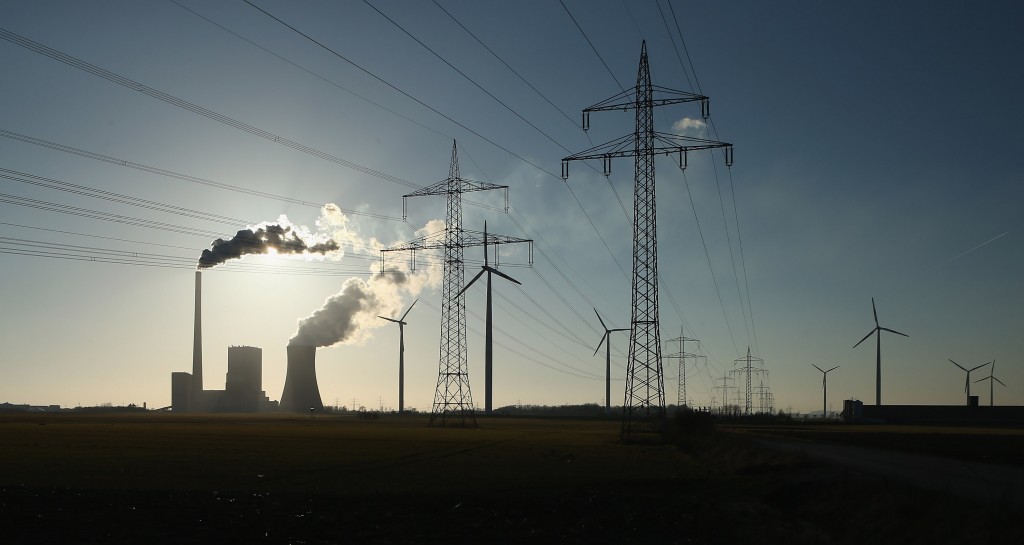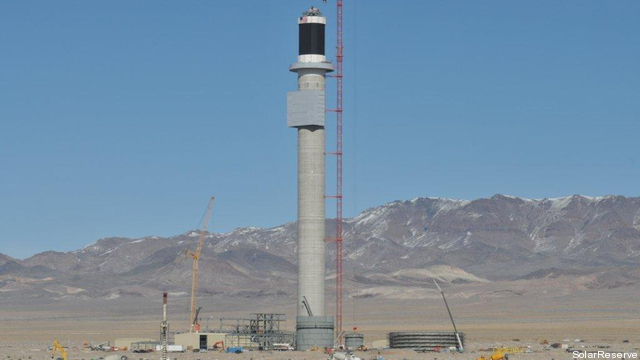Who wants to plunge deep into the dreary details of tax law, especially when doing so might get in the way of slapping a scarlet “B” for bailout on a renewable energy project? So it was that in the wake of our reporting on lower-than-expected production levels at the Ivanpah Solar Electric Generating System in… Keep reading →
Tax Equity
Sign up and get Breaking Energy news in your inbox.
We will never sell or share your information without your consent. See our privacy policy.Google is having a big week on the renewable energy front and, in related news, lease financing for new solar installations is rolling along. The Internet giant with tentacles into so many things green and innovative followed its Earth Day announcement of a massive wind energy buy in Iowa with word on Wednesday that it… Keep reading →
Renewable energy businesses – primarily wind and solar power – in the US are moving from adolescence to maturity. The US solar industry experienced a transformative 2013, with the proliferation of physical assets, installed capacity and new finance mechanisms, while the wind industry raced to begin projects by end-2013 in order to receive production tax… Keep reading →
Companies and engineers worldwide are pursuing grid-scale energy storage technology that would allow distributed renewable energy sources to easily and efficiently feed electricity into centralized power grids. Once economically commercialized, such technology would find a gargantuan market. And a US-based company will jump ahead of the competition next year with its molten salt storage technique.… Keep reading →
Connecticut’s Clean Energy Finance and Investment Authority – the state’s Green Bank, and the first of its kind of the country – has established a new solar financing system in a bid to expand capacity in the state. CT Solar Lease II seeks to avoid some of the most frequently-cited criticisms of renewable energy finance,… Keep reading →

The IRS has clarified the “under construction” provision in the production tax credit.
Some good news from the IRS on April 15. Keep reading →

Structuring renewable energy projects that provide acceptable investment returns is often helped by using feed in tariffs in European and other markets, but tax equity vehicles are more common in the US. Tax equity arrangements can be structurally complicated and difficult to administer, but can also provide double-digit returns when done properly.
These were some of the issues discussed by an expert panel at the AGRION Energy Summit and Sustainability Meeting held this week in New York City. The production tax credit for wind projects – recently extended for one year after much controversy – and the investment tax credit for solar are two tax equity vehicles commonly used in the US to help finance projects. Keep reading →

Several members of our team spent last month at the Solar Power International (“SPI”) conference. Putting aside the usual excitement about falling panel prices and overall capacity increases, the two phrases heard most – and usually together – were: “North Carolina” and “Tax Equity.”
Solar in North Carolina Keep reading →

Misconception and myth hang over the entirety of the US energy sector, but with renewable energy equally likely to get bogged down in political wrangling over subsidy levels and climate change, getting to the truth remains a particular challenge.
Accounting firm Ernst & Young is accustomed to crunching data from a wide range of sources and sorting it into manageable categories. The company has taken an increasing thought-leadership profile in energy, and recently released an update to its substantial renewable energy attractiveness indices as part of that practice. Keep reading →






